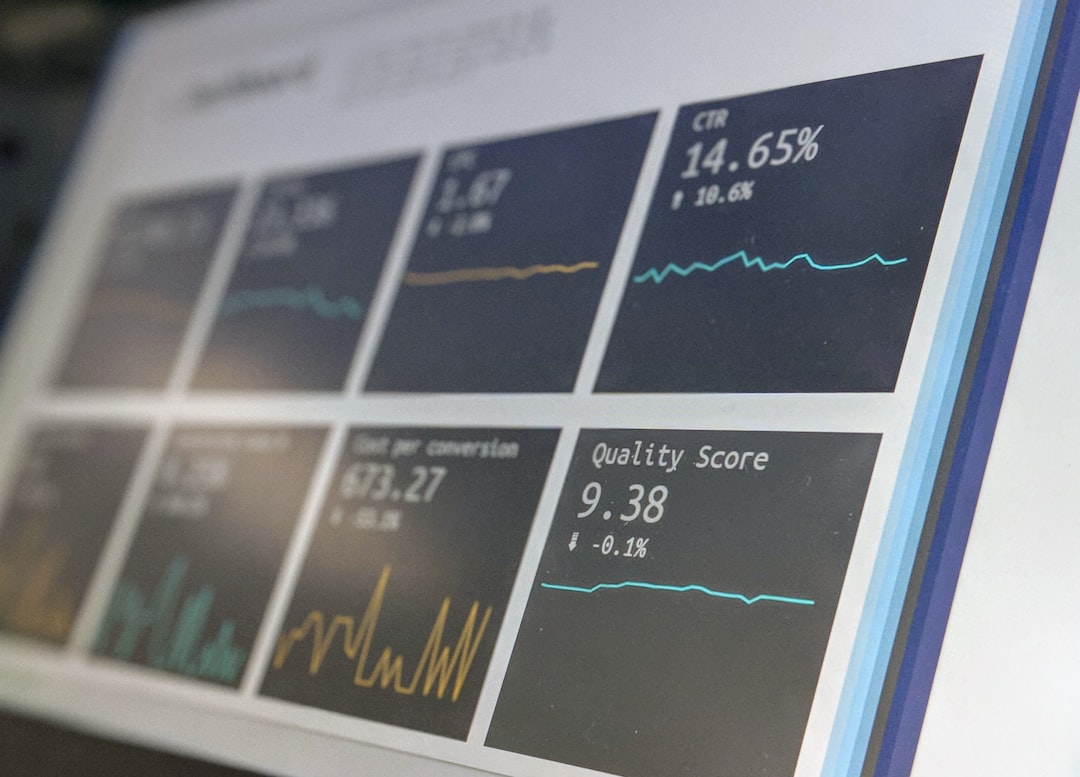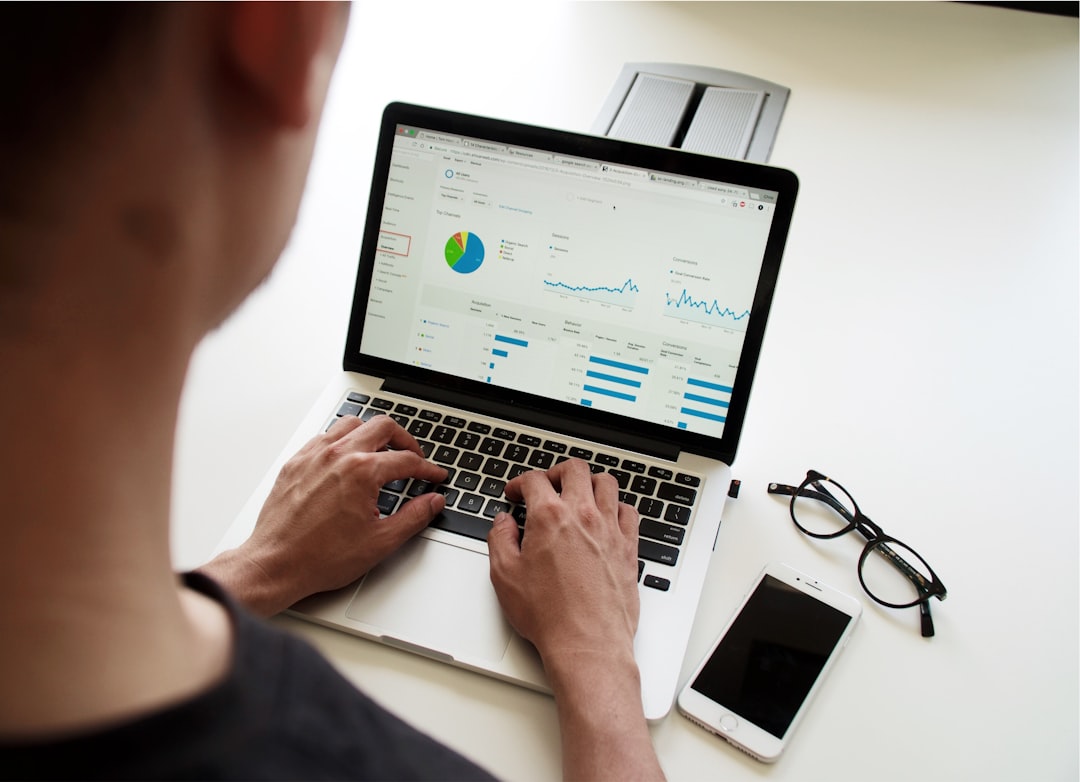
Understanding the Mechanics of International Trade
# Introduction. International trade plays a crucial role in the global economy, enabling countries to exchange goods and services beyond their borders. Understanding how international trade works is essential for businesses, policymakers, and consumers alike. This blog post will delve into the fundamentals of international trade, elaborating on the processes, principles, and key concepts that support this essential component of the global market. # What is International Trade?. International trade refers to the exchange of goods and services between countries. It allows nations to specialize in the production of certain goods and services, which they can produce more efficiently than others. By trading with other countries, they can import what they need, often at a lower cost, while exporting their surplus. Key elements of international trade include exports, imports, trade balance, and trade agreements. ## 1. Exports and Imports. Exports are goods and services sold to international markets. When a country produces more than it needs, it can export the excess, generating revenue. Conversely, imports are goods and services bought from foreign markets. Countries import products they either cannot produce domestically or can obtain more cheaply from abroad. Understanding the ratio of exports to imports helps gauge a country's economic health and competitive advantage in the global market. ## 2. Trade Balance. The trade balance is the difference between what a country exports and what it imports. A positive trade balance, or trade surplus, occurs when exports exceed imports, which can contribute to economic growth. Conversely, a trade deficit happens when imports surpass exports. While trade deficits are often viewed negatively, they are not always harmful; they can signify strong domestic demand or be a result of investments in imports that stimulate growth. # The Role of Comparative Advantage in Trade. One of the fundamental concepts in international trade is comparative advantage, which refers to a country's ability to produce a specific good or service at a lower opportunity cost than others. By specializing in goods where they hold a comparative advantage, countries can increase overall efficiency and production. This principle explains why countries like Japan excel in technology and Germany in engineering, leading to increased trade as they exchange specialized products. ## 1. The Impact of Globalization on Trade. Globalization refers to the interconnectedness of economies worldwide, influencing the dynamics of international trade. Factors such as advancements in technology, transportation, and communication have made it easier for businesses to trade internationally. As a result, competition has increased, with firms needing to adapt to varying global standards and consumer preferences. ## 2. Trade Agreements and Their Importance. Trade agreements, such as Free Trade Agreements (FTAs) and regional trade blocs, play a pivotal role in facilitating international trade by reducing tariffs and other barriers. Agreements like NAFTA (North American Free Trade Agreement) or the EU (European Union) enhance trade flows among member countries. Understanding the regulatory landscape of trade agreements helps businesses minimize costs and expand their market reach. # The Impact of Tariffs and Quotas on International Trade. Tariffs and quotas are government-imposed restrictions that can significantly impact international trade. Tariffs are taxes on imported goods, designed to protect domestic industries by making foreign products more expensive. Quotas limit the number of goods that can be imported, thereby controlling market saturation and protecting local production. Navigating these restrictions is crucial for businesses aiming to compete effectively in the global market. ## 1. Currency Exchange Rates in Trade. In international trade, currency exchange rates often play a significant role. When dealing with imports and exports, businesses must consider the fluctuation of exchange rates, as they can impact the profitability of international transactions. A strong domestic currency may lower the cost of imports but could hurt exports, as foreign consumers find products more expensive. Understanding and effectively managing currency risks can be a significant factor in a successful international trade strategy. # Conclusion. International trade is a complex yet essential aspect of the global economy. By grasping the fundamental concepts such as exports and imports, trade balance, comparative advantage, and the impact of tariffs and quotas, individuals can cultivate a deeper understanding of how international markets function. Knowledge of trade agreements, globalization, and currency exchange further enhances insight into the dynamic world of international trade. As countries increasingly rely on each other for economic stability and growth, the importance of understanding this intricate system cannot be overstated. .






